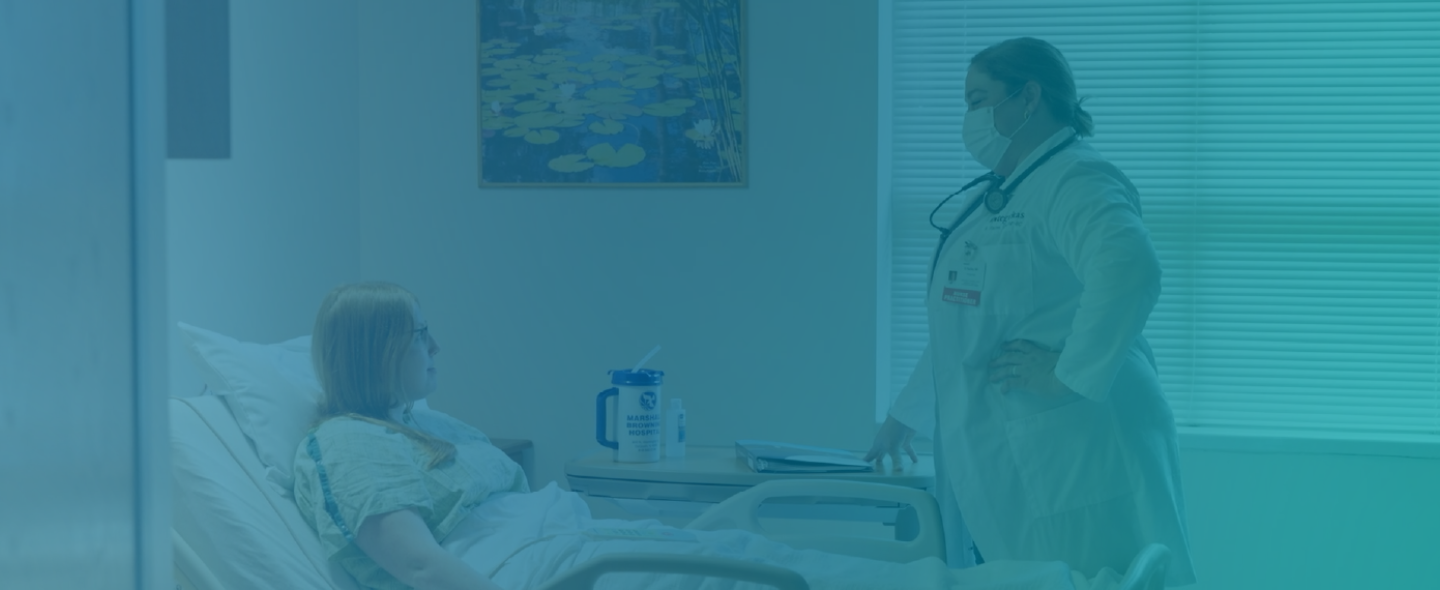Related Resources
Resources to support abstracting, submitting, and confirming data submission to the Centers for Medicare and Medicaid Services (CMS) QualityNet Warehouse, including the CMS Abstraction and Reporting Tool (CART) and reporting specifications manuals.
Toolkit
Analyzing MBQIP Data
Resources to support hospitals interpret Medicare Beneficiary Quality Improvement Project (MBQIP) reports and make use of their data.
Document
MBQIP MOU and Consent Forms
A MOU is required in order for any CAH to participate in MBQIP. Access current and past MBQIP MOU and consent forms as well as descriptions of when to use them.
Toolkit
Patient Safety
Toolkit


